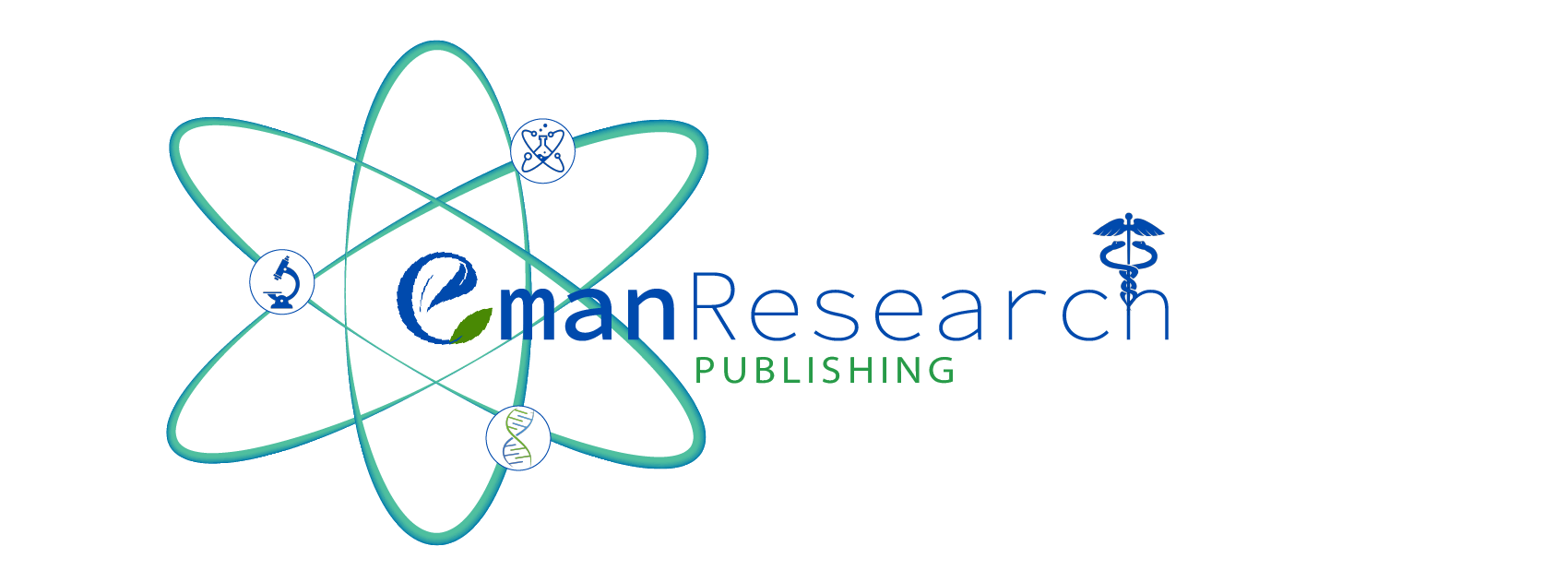Identification of the Gene Mutation Profile of Obese-related Colorectal Cancer via TruSight Tumor 15 Analysis
Phei-Ying Ng1, Siti Norasikin Mohd Nafi1,*
Journal of Angiotherapy 6(3) 728-728 https://doi.org/10.25163/angiotherapy.6350C
Submitted: 24 December 2022 Revised: 24 December 2022 Published: 24 December 2022
Abstract
Introduction: One of the most common risk factors for colorectal cancer (CRC) is obesity. Obese people are more prone to acquire CRC than non-obese people. However, it is unknown how obesity connects to CRC. CRC progression, on the other hand, has been attributed to solid tumour gene mutations such as KRAS, NRAS, BRAF, PIK3CA, AKT1, ERBB2, EGFR, and others. However, limited studies have connected such gene alterations to obesity-related CRC among Malaysians. The Ilumina targeted gene panel TruSight Tumor 15 (TS15) determines 15 typical solid tumour genes using next-generation sequencing (NGS) technology. The purpose of this study is to identify the gene mutation profile of obese-related CRC using TS15 analysis. Methods: DNA was isolated from 12 formalin-fixed, paraffin-embedded (FFPE) tumor tissue samples from CRC patients. The DNAs were then sequenced using the NGS Ilumina Miniseq platform after library preparation with a targeted panel TS15. BaseSpace Variant Interpreter was used for variant annotation. Results: This study identified an occurrence of mutations in TP53, KRAS, PIK3CA, ERBB2 and EGFR. TP53 demonstrated the highest frequency of gene mutation (75.0%, 9/12), followed by KRAS (66.7%, 8/12) and PIK3CA (25.0%,3/12). 11 variants were detected in TP53, 6 variants in KRAS, and 2 variants in PIK3CA. EGFR amplification was found in 41.7% (5/12) of CRC cases, whereas ERBB2 amplification was seen in 8.3% (1/12) of CRC cases. Conclusion: Overall, the findings reported here demonstrate that TS15-based targeted NGS on FFPE DNA offer a promising approach for detecting genetic mutations that might be employed in the future to diagnose CRC. To better understand the gene mutation profiles of obese-related colorectal cancer, the current findings will be linked to BMI categories and levels of apoB protein expression in the future.
Keywords: Colorectal cancer, FFPE, DNA, Gene mutations, Targeted next-generation sequencing
References
View Dimensions
View Altmetric
Save
Citation
View
Share


